[ad_1]
Electrical switches are some of the most common electrical devices in your home, and they play an important role in our daily lives, connecting our electrical devices to power sources.
A switch can be used to control a light fixture or other devices.
While they may seem like ordinary fixtures, electrical switches offer more than just a means to turn lights on and off.
Like all types of electrical components, there are always some risks, even with a basic wall switch.
If a switch is damaged, or installed improperly, a dangerous situation can occur. With some basic understanding of switches, you can learn what to look out for.
⚡ The Basics of a Switch
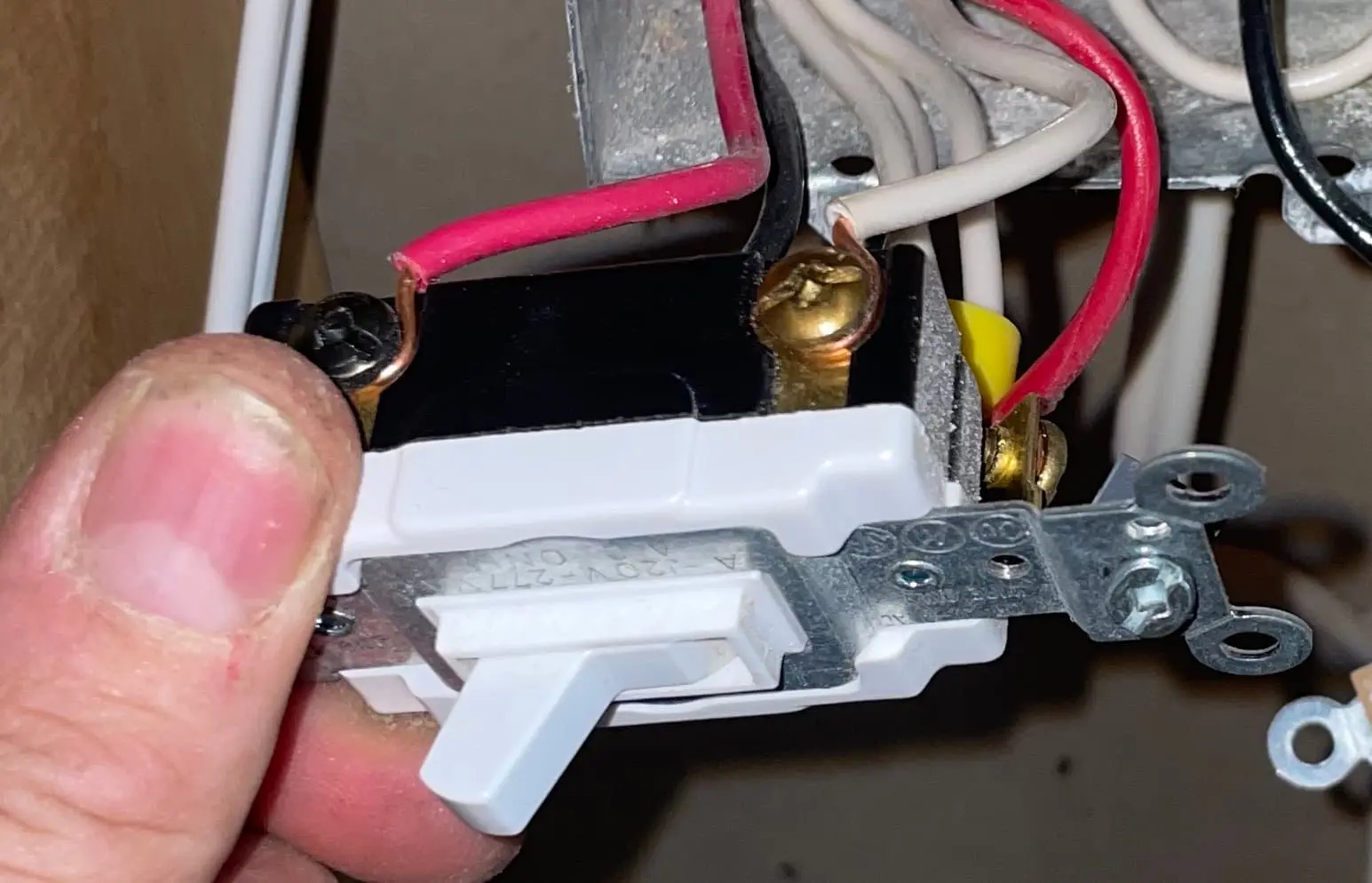
Electrical switches play a pivotal role in our daily lives, connecting devices to power sources.
While they may seem like ordinary fixtures, electrical switches offer more than just a means to turn lights on and off.
Switches are used to control lighting and other aspects of a circuit.
When the switch is “open”, the contacts are not touching, preventing electrical current flow.
When the switch is “closed”, the switch contacts are connected, the current flows and the light turns on.
⚡ Types Of Switches
While the concept of a switch is simple, there are many types of switches.
? Manual Switches

These are the most common types of switches, which are operated simply by a person moving the switch.
Most of the wall switches in your home are simple manual switches
Toggle Switches and Rocker Switches
The toggle switch was the standard light switch for several decades and has since been replaced by the rocker switch.
Most homes have one of these as wall switches and many homes will have both.
Pushbutton Switches
If your home is old-fashioned you might have some push-button light switches.
Rotary Switches
A rotary switch is another type of manual switch. A rotary switch is more often used in an industrial setting.
Variable Resistor Switch
Variable resistor switches allow the user to set how much electrical current runs through the circuit.
Such switches are most often used as a dimmer or slide switches to dim lights.
By changing the electrical resistance, these switches can set the amount of electric current flowing in the circuit.
? Sensing Switches
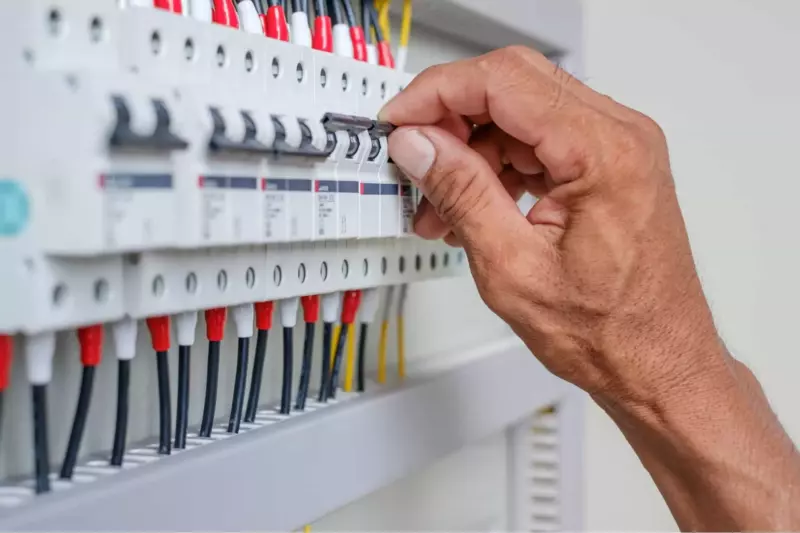
Sensing switches are automatic switches that are operated by a sensor. The most common sensing switches are:
Limit Switches
Turn off and on based on the physical movement of the sensor against a limiting point. Used mostly in industrial settings.
Pressure Switches
Turn off and on based on air or fluid pressure, or even foot pressure.
Level Switches
Turn off and on based on the liquid level of a tank or reservoir.
The liquid level rises or drops a floating contact, which opens or closes the circuit.
Circuit Breaker
A circuit breaker is a heat-sensitive switch.
Installed in your electrical panel, these turn off the electric circuit when the electric current gets too high.
? Toggle Switches and Rocker Switches
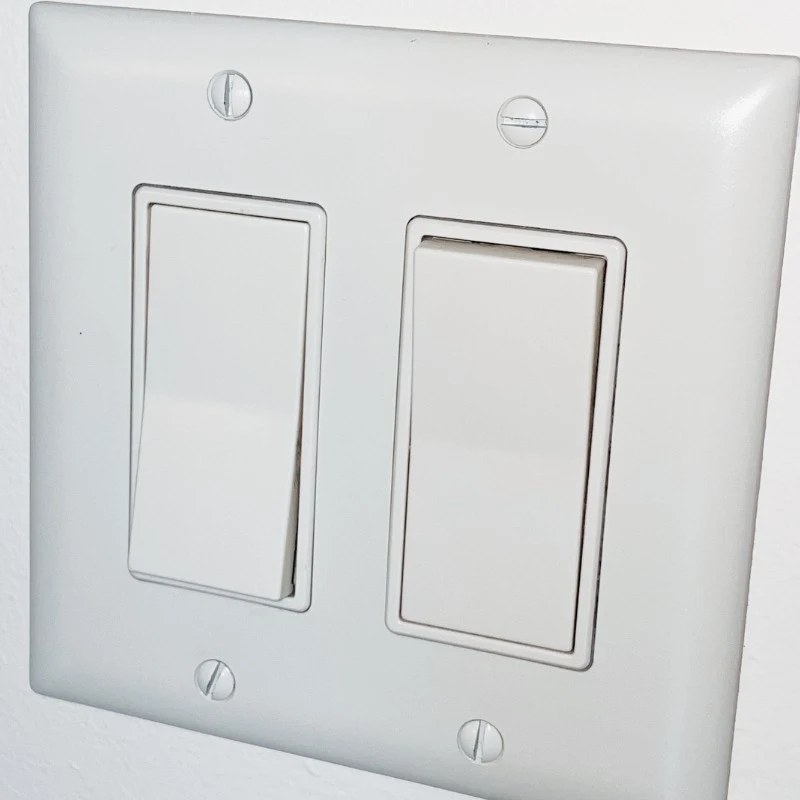
By far the most common switch is a simple toggle switch or rocker switch.
Although they use a different mechanism for the user to operate (either a small level or a wedge-shaped rocker mechanism, in essence, they are the same).
Most wall switches will be one of these types. The concept is simple.
The switch has two terminal screws, connecting to the two contacts inside.
The hot wire of the circuit is attached to one terminal screw, and the wire going to the light (or other device) is attached to the other terminal screw.
On the exterior, you flip the switch, and that moves the contacts.
The toggling portion is of course a lever, which moves one of the contacts.
In the on position, the contacts close and the circuit is complete, allowing the electricity to flow to the light.
In the off position, the contacts are not touching, the circuit is broken, electricity can’t flow, and the light is off.
Simple as that…
? Dimmer Switches

Dimmer switches are electrical switches that allow for the adjustment of lighting intensity.
They offer the ability to vary the brightness of light fixtures.
Dimmer switches work by varying the electrical resistance and therefore controlling the electrical current supplied to the light source.
Dimmers are available in various types, including rotary, slide, or touch-sensitive controls.
The advantages of dimmer switches include flexibility in setting the desired lighting level, reducing energy consumption, and extending the lifespan of light bulbs.
By lowering the brightness, dimmer switches can create a cozy atmosphere, or provide task-specific lighting.
Additionally, they allow for energy savings by reducing the electricity consumed when less light is needed.
When installing dimmer switches, it is essential to ensure compatibility with the light bulbs being used.
Some bulbs, such as incandescent and halogen, work well with most dimmers, while others, like LED and CFL bulbs, may require dimmer switches specifically designed for them.
? Slide Switches

Slide switches feature a small slider that can be moved horizontally or vertically to open or close the electrical contacts.
These switches are available in different configurations, including single pole/single throw (SPST), single pole/double throw (SPDT), and double pole/double throw (DPDT).
Slide switches are known for their simplicity and ease of use.
Their compact design makes them suitable for space-constrained environments, and they offer tactile feedback, allowing users to feel the switch position easily.
The sliding action provides a reliable and stable connection, ensuring consistent electrical contact.
They are commonly used for functions such as power control, mode selection, signal routing, or circuit selection.
? Push Button Switches
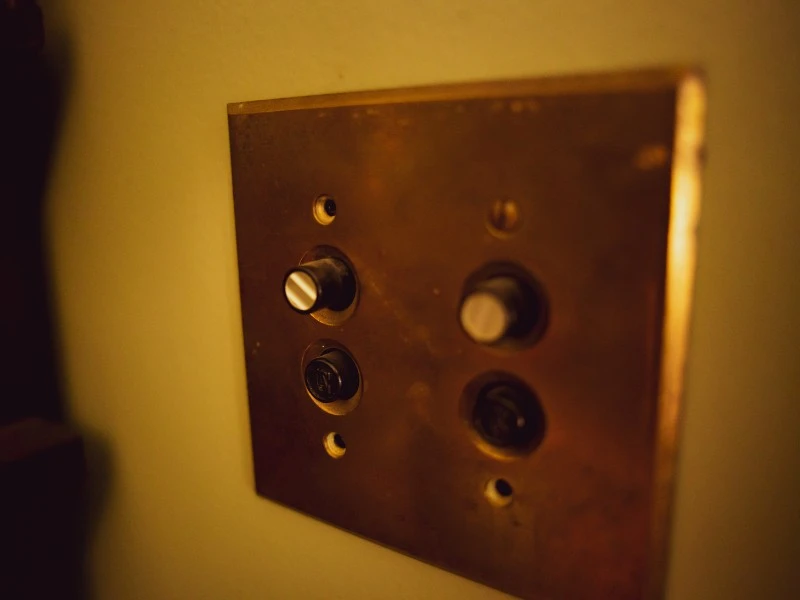
Push button switches are simple electrical switches that are actuated by pressing a button.
They are used in various applications, from consumer electronics to industrial control systems.
These switches typically consist of a button that, when pressed, completes the circuit, allowing current to flow.
When the button is released, the circuit is opened, interrupting the flow of current.
Push button switches come in different configurations, including momentary and latching types.
They are often used for functions such as power control, device activation, mode selection, and reset operations.
Momentary pushbutton switches are designed to remain in the pressed state only as long as the button is held down.
Once the button is released, the circuit is open again.
Latching pushbutton switches, on the other hand, have a mechanism that locks the switch in either the ON or OFF position until manually toggled.
? Momentary Switch

Momentary switches, also known as momentary contact switches or push-to-make switches, are a type of electrical switch that only maintains contact while the switch is actively being pressed.
Unlike toggle switches which stay in a set position, momentary switches return to their normal position when released, therefor they allow for only momentary operation.
Such switches are commonly used in applications where a temporary or momentary action is required.
Examples include push buttons for doorbells, garage door openers, or elevator controls.
The momentary nature of these switches offers precise control and allows for actions such as signaling, momentary power delivery, and motor jogging.
They are often used in any situation where momentary operation is required.
Momentary switches come in various forms, including push buttons, pressure-sensitive pads, or touch-sensitive panels.
They are designed for quick and temporary engagement, making them suitable for applications where a continuous connection is not required.
? Rotary Switches
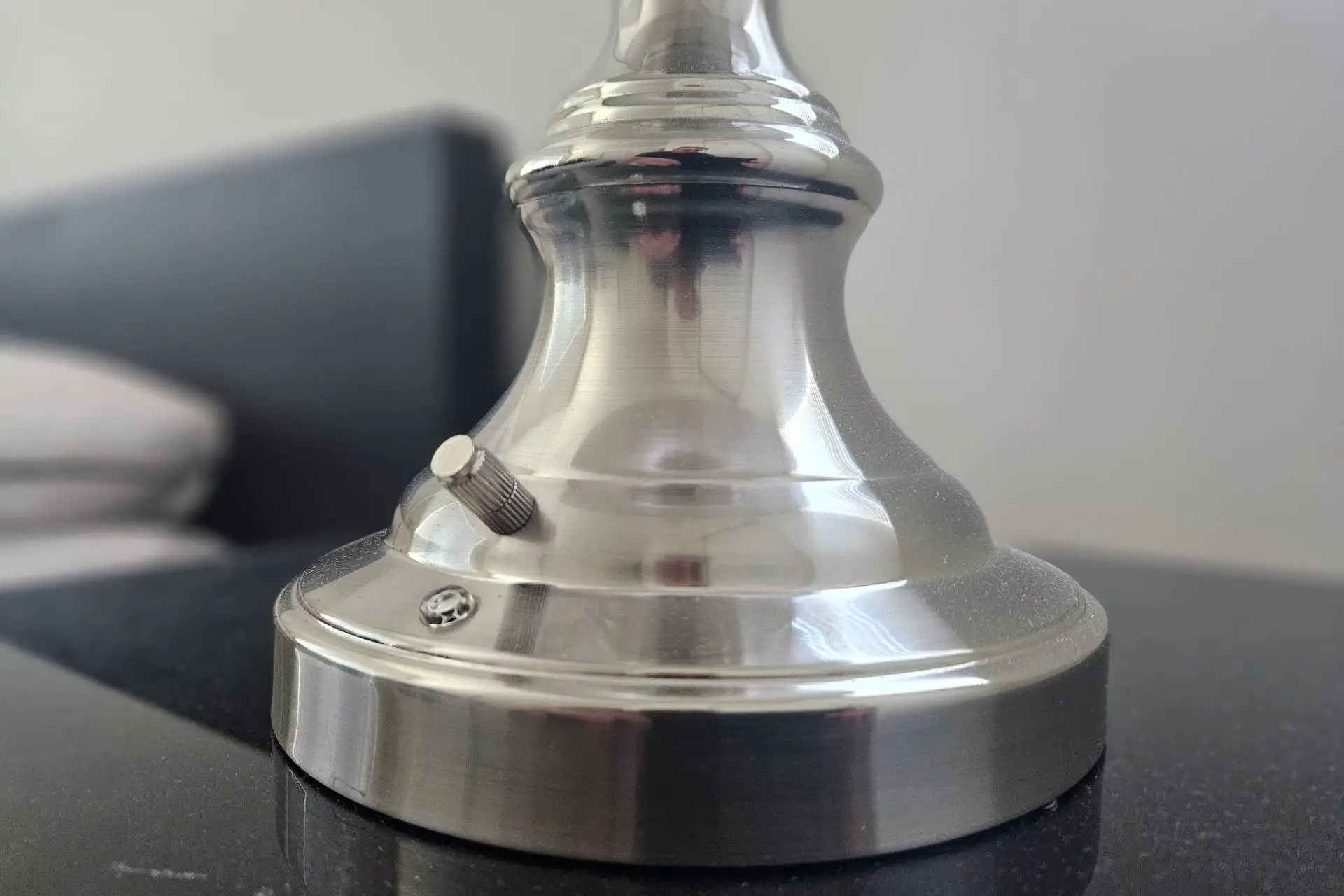
Rotary electric switches use a rotating mechanism to establish different electrical connections.
Unlike a toggle switch with limited positions, a rotary switch typically has multiple steps, allowing users to select a range of settings.
Because they have multiple positions, they give more control over the device in question.
The rotary mechanism provides precise positioning, allowing users to select a desired setting.
They have many advantages:
Durability and Reliability
Rotary switches are known for their robust construction and durability.
The absence of toggle levers or buttons reduces the risk of accidental activation or damage, ensuring long-term reliability.
Enhanced Aesthetics
These switches often feature sleek designs and various finish options, seamlessly integrating with different interior styles and enhancing the overall aesthetics of a room.
User-Friendly Operation
Rotary switches offer intuitive operation.
The rotational movement is natural and familiar, making them easy to use for people of all ages.
? Limit Switches
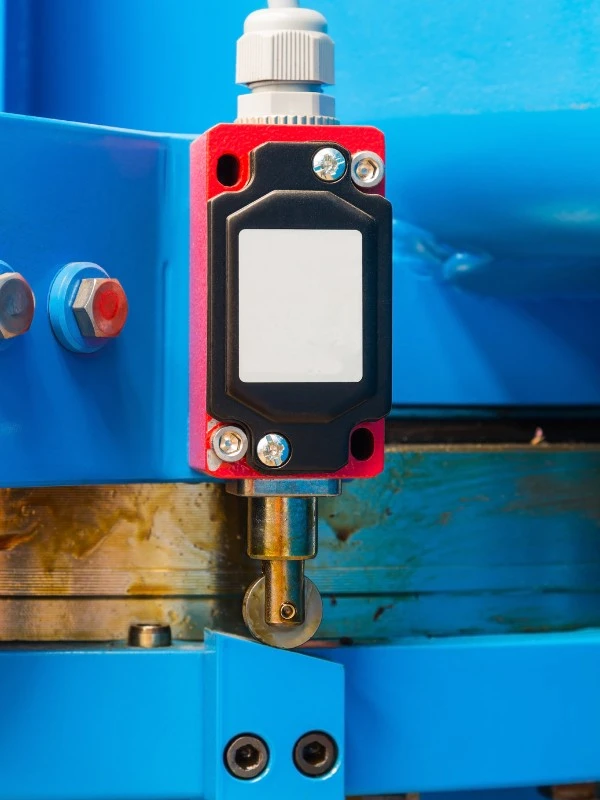
Limit switches are used to detect the presence or absence of an object within a specified range of motion.
The main function of limit switches is to provide a signal to a control system when the actuator comes into contact with an object or reaches a predefined position.
A switch mechanism gets triggered when it makes contact or reaches a specific position.
These switches are commonly used in industrial settings for accurate positioning and to control machinery movements.
There are many types of limit switches, such as lever-operated, roller plunger, and rotary lever switches.
They are used in conveyor systems, robotic arms, elevators, and other equipment where precise control of movement is crucial.
? Pressure Switches
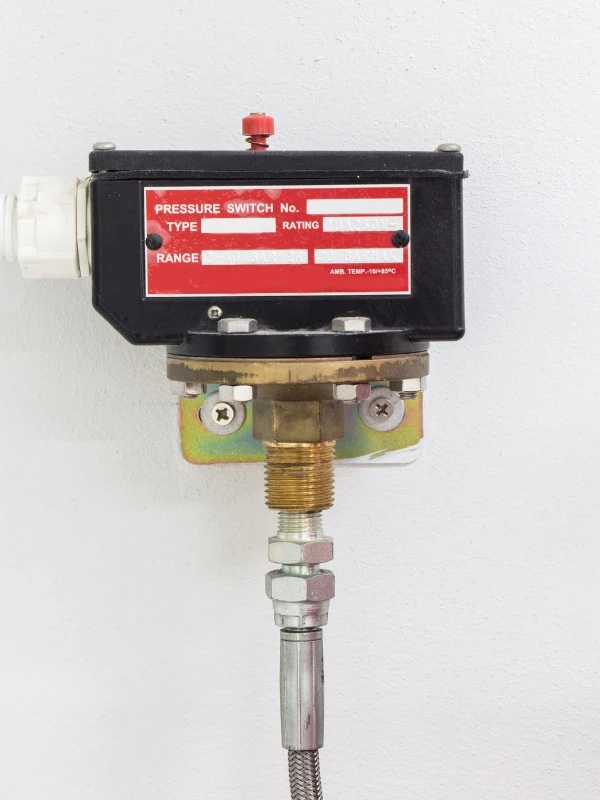
Pressure switches are used to monitor and control pressure levels.
They consist of a sensing element that detects changes in fluid or gas pressure and a switch mechanism that responds to those changes.
When the pressure reaches a certain threshold, the switch either opens or closes an electrical circuit.
Pressure switches are most often used in industrial settings in hydraulic systems, pneumatic systems, HVAC systems, water pumps, and more.
Pressure switches allow for customization to specific pressure ranges.
They can provide simple on/off control, or more complex functions such as pressure monitoring, safety shutdowns, and alarm signaling.
? Level Switches
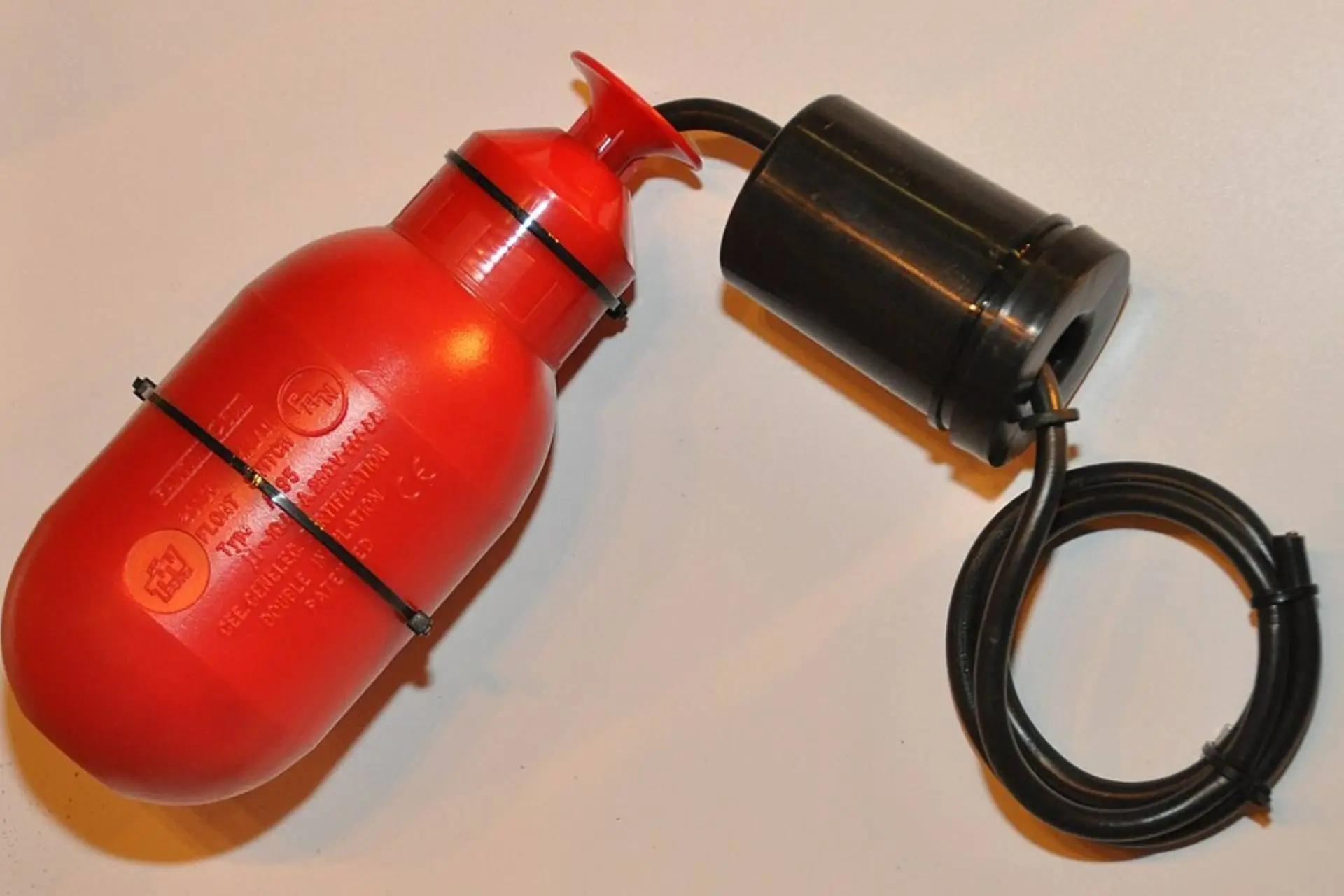
A level switch is a switch designed to detect and monitor the level of liquids or solids in a container.
They are most often used in manufacturing, water treatment, and storage systems.
A level switch can use different types of sensing technologies, such as floats, conductive probes, ultrasonic sensors, or optical methods, to determine the level of the substance.
When the substance reaches the desired level, the switch triggers a response, either opening or closing an electrical circuit.
Level switches offer reliable and accurate level detection, ensuring proper operation, preventing overflow or under-filling, and protecting equipment and processes.
They are available in a range of configurations, including point-level switches, which detect a specific level, and continuous-level switches, which provide continuous monitoring.
The level switch is essential for maintaining efficient operations and ensuring safety.
? Single Pole Switches and Double Pole Switches
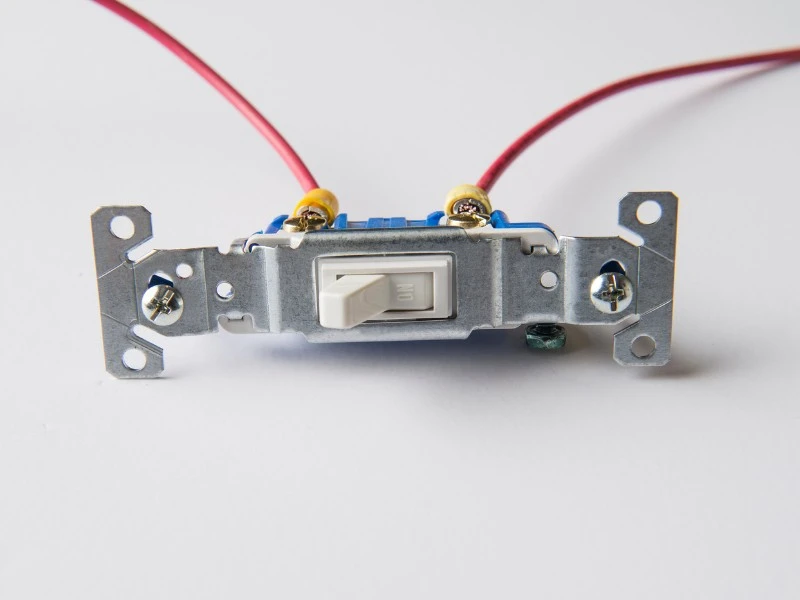
Single pole (SP) and double pole (DP) switches are two common types of electric switches with key differences in their functionality.
A single pole switch consists of a single set of terminals.
The two terminals, one for the incoming power source and the other for the outgoing connection to the load break a single wire.
A common light wall switch is a good example of a single pole switch.
A double pole switch has two sets of terminals.
These four terminals can be used to break or connect two wires.
These can be two wires of the same circuit, or two wires from different circuits, allowing you to control two circuits with one switch.
Double pole switches are typically used in applications where higher voltage or current levels are involved, such as in larger appliances or industrial equipment.
The main difference between the two types lies in their ability to control multiple circuits.
While a single pole switch can control one circuit, a double pole switch can control two circuits simultaneously.
This difference in functionality allows a double pole switch to handle higher power loads and provide increased safety in certain applications.
It is important to note that both single-pole and double-pole switches can be either toggle switches or rocker switches, depending on their design and user interface.
Understanding the differences between single-pole and double-pole switches is essential for selecting the appropriate switch based on the specific electrical requirements and intended application.
⚡ Important Attributes of Electrical Switches
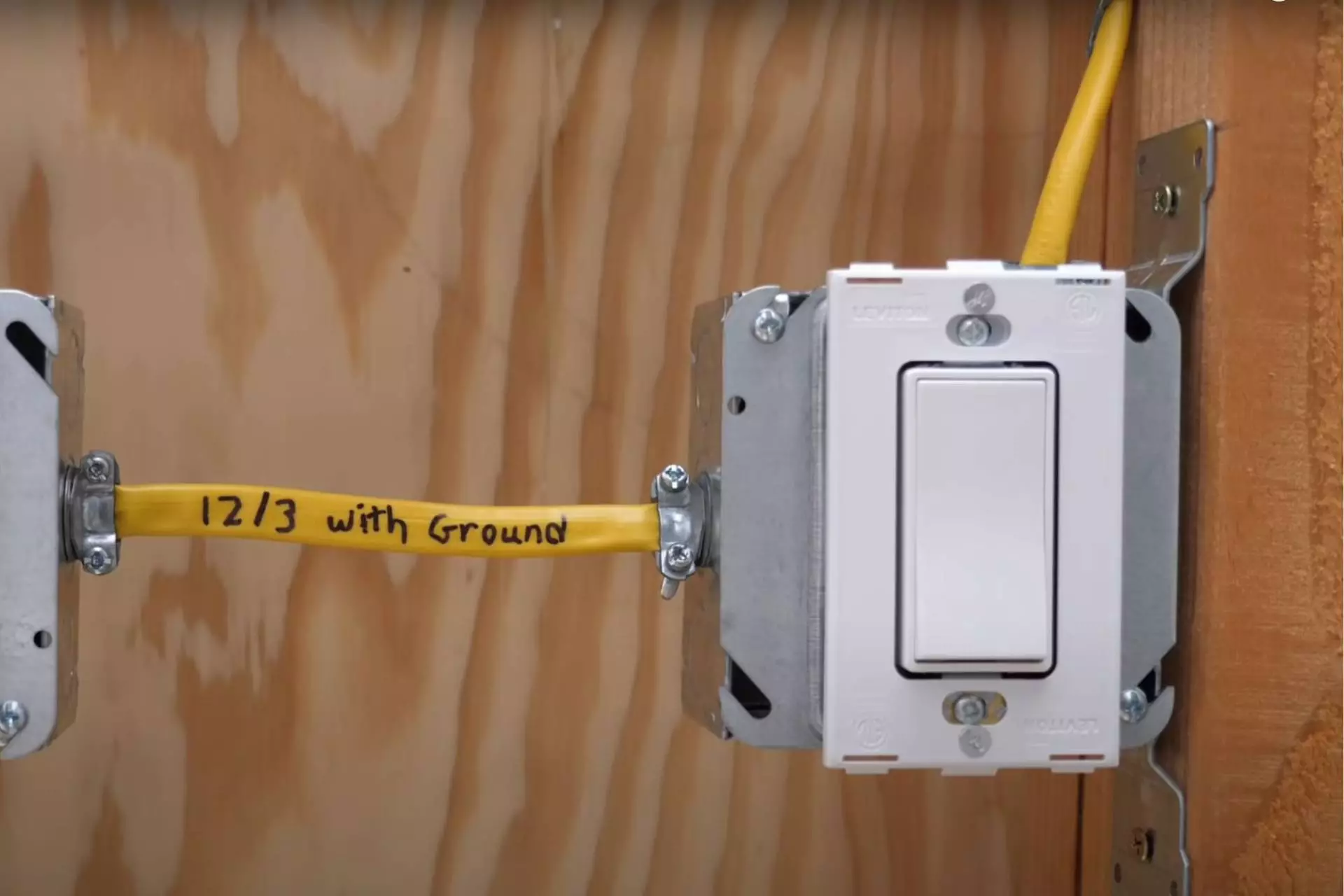
Electrical switches are an important part of circuit configuration.
Although there are many switch types, there are all used to control the flow of electricity in various applications.
They are constructed with a combination of materials, including conductive metals, insulating materials, and mechanical components.
The key attributes of electrical switches include:
? Contacts
The switch contacts are the conductive elements that make or break the electrical connection.
These contacts can be made of materials like copper, silver, or gold, which offer high conductivity and resistance to corrosion.
? Actuators
The actuator is the part of the switch that is manipulated to open or close the contacts.
It can be a toggle, rocker, pushbutton, rotary, or slide mechanism, providing different ways for users to interact with the switch. facilitating the switch function.
? Terminals or Connection Points
Every switch must have a place to attach the circuit.
This is normally a set of terminal screws. Only attach one wire per terminal screw.
Understanding the construction and attributes of electrical switches is essential for selecting the right switch for a particular application, ensuring reliable and safe electrical control.
⚡ Low Voltage Switching
Low voltage switching refers to the practice of using lower voltage levels, typically 12V or 24V, for controlling devices and circuits.
This approach offers several advantages in terms of safety, flexibility, and energy efficiency.
With low voltage switching, the light switch controls dc circuits which activate electronic relays in a central location, and these relays control the standard voltage powering the lights.
One of the primary benefits of low-voltage switching is enhanced safety.
Compared to higher voltage systems, the lower voltage levels significantly reduce the risk of electrical shock, making it safer for users to interact with switches and devices.
This is particularly important in residential and commercial settings where user safety is a priority.
Low voltage switching also provides greater flexibility in terms of installation and system design.
The lower voltage requirements allow for the use of smaller and more flexible wiring, simplifying the installation process and enabling more versatile routing options.
Additionally, low voltage systems can be easily integrated with automation and control systems, enabling advanced features such as remote control, scheduling, and integration with smart home technologies.
Low voltage switching systems are generally more energy-efficient.
Lower voltage levels result in reduced power consumption, leading to energy savings over time.
This is particularly advantageous in applications where multiple switches and devices are controlled, such as lighting systems, where energy efficiency is a key consideration.
In summary, low voltage switching offers improved safety, flexibility, and energy efficiency compared to higher voltage alternatives.
It is a reliable and practical solution for various residential, commercial, and industrial applications.
⚡ Rating and Categories of Electric Switches
Electric switches come in various ratings and categories to suit different applications and electrical loads.
The rating of an electric switch refers to its capacity to handle specific levels of voltage and current.
It is important to match the correct switch with the requirements of your application, and failure to do so could result in dangerous circumstances.
Here are some common categories and ratings of electric switches:
? Voltage Rating
This indicates the maximum voltage that the switch can safely handle.
Common voltage ratings include 120V, 240V, or 480V, depending on the electrical system’s requirements.
Check the voltage of your electric system before selecting the correct switch.
? Current Rating
This specifies the maximum current that the switch can carry without overheating or failing.
It is typically measured in amperes (A) and can range from a few milliamperes (mA) for low-power applications to several hundred amperes for high-power industrial applications.
? Single Pole (SP) or Double Pole (DP)
This refers to the number of separate circuits the switch can control.
Single pole switches are designed for one circuit, while double pole switches can control two independent circuits.
? Single Throw (ST) or Double Throw (DT)
This describes the number of positions the switch can be in.
Single throw switches have two positions (ON or OFF), while double throw switches have three positions (ON, OFF, and a neutral position).
? Momentary or Latching
Momentary switches are designed to return to their original position after being released.
A latching switch stays in the position it is set until it is manually changed.
The two have very different functionalities, and it is important to use them in the correct applications.
Understanding the rating and categories of electric switches is crucial for selecting the appropriate switch for a specific application, ensuring safe and reliable operation.
It is essential to match the switch’s ratings with the electrical load to avoid overload or potential hazards.
⚡ Possible Hazards With a Switch
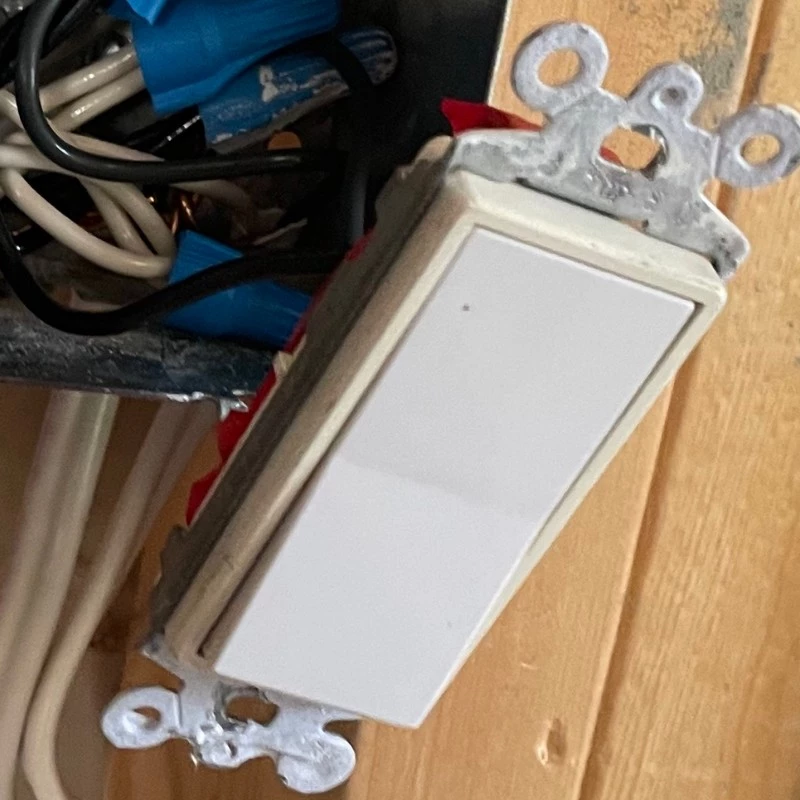
While switches are generally safe when used properly, there are a few potential hazards associated with them.
Here are some possible hazards with switches:
? Electrical Shock
If the switch is not properly installed or maintained, there is a risk of electrical shock.
Contact with live electrical parts while operating a switch can cause severe injuries or even be fatal.
It is important to ensure that switches are installed by a qualified electrician and that the electrical circuit is properly grounded.
? Fire Hazard
Faulty switches, loose connections, or overloaded circuits can generate heat, leading to the risk of electrical fires.
Poorly installed switches or switches with damaged insulation can cause sparks or arcing, which may ignite nearby flammable materials.
Regular inspection and maintenance of switches and electrical systems can help mitigate fire hazards.
? Overheating
Switches that are overloaded or used in applications beyond their rated capacity can overheat.
Excessive heat can damage the switch, melt the insulation, or cause fires.
It is crucial to select switches with appropriate current ratings for the intended load current and to avoid overloading them.
? Improper Handling
Inadequate knowledge or careless handling of switches can lead to accidents.
For example, forcing a switch or using excessive pressure can damage its components, resulting in malfunction or breakage.
It is important to operate switches with care and follow the manufacturer’s instructions.
? Short Circuits
Improperly wiring an electrical switch can result in a short circuit.
Although your circuit breaker should trip, shorted electrical circuits are always a dangerous situation.
Be sure there is only one wire connected to each terminal, and that there are no connections that circle back on themselves.
? Expertise
To ensure safety, it is recommended to have switches regularly inspected by a qualified electrician, avoid overloading circuits, use switches suitable for the intended application, and exercise caution when handling or operating switches.
⚡ Conclusion

Switches play a fundamental role in the world of electrical systems, enabling the control and manipulation of electrical circuits.
In addition to the switches outlined above, there are many other switches as well.
The wide variety of switch types and configurations allows for versatility in meeting specific requirements across different industries and applications.
Understanding the principles, functions, and safety considerations of switches is essential for ensuring efficient and reliable electrical systems.
As technology advances, switches continue to evolve, offering enhanced features and capabilities that contribute to our modern-day convenience and control.
Want to learn more about your home’s electrical system? Check out our other electrical articles!
? Related Reading: Top 10 Common Home Electrical Problems and Solutions
[ad_2]
Source_link


